Is Boris Johnson gearing up for a naval construction U-turn that will further emasculate the UK’s armed forces?
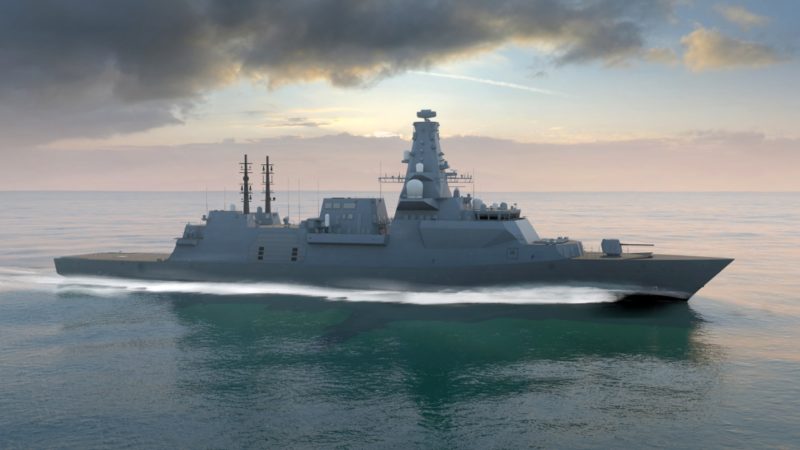
In the UK, amid many leaks claiming to provide insight into drastic cuts to the British military under the Johnson administration’s on-going defence review, there have also, by contrast, been suggestions that the means to combat the Russian submarine threats to ‘undersea cables’ (the Internet et al) are to be enhanced.
Anyone who recalls a paper written by current Chancellor of the Exchequer Rishi Sunak a few years ago about that very thing will not be surprised by the idea. Provided, that is, Prime Minister Boris Johnson’s master strategist Dominic Cummings is letting Mr Sunak get a word in on how the UK’s armed forces should be reshaped.
After all the Chancellor may not be enough of a ‘weirdo’ or ‘misfit’ to be allowed input in a time when ‘space cadets’ are, apparently, so much more qualified than anyone else to configure the defence of the UK. Their aim is to boldly go, even if it ends up reducing the UK to a strategic laughing stock?
For his part, Mr Sunak had this to say in his 2017 report for the Policy Exchange think-tank: ‘Russia is investing significantly in its naval capacity and plans to have the world’s second largest navy by 2027. In addition to traditional submarines, this investment includes Yantar Class intelligence ships and auxiliary submarines, both of which are specifically able to disrupt undersea cable infrastructure. Russia is increasingly willing to aggressively utilise its naval capability.’
The Chancellor’s insight into the Russian submarine threat to UK undersea cables via specialist undersea craft is something we highlighted even before the recent ‘leak’.
For more on it, read my previous blog post ‘The Naval Dimension of the Russia Report’
It has always to be borne in mind that creation of such vessels goes hand-in-hand with development of advanced diesel-electric submarines, along with nuclear-powered attack boats (SSNs), guided-missile subs (SSGNs) and ballistic missile submarines (SSBNs). Within the past few weeks it has been revealed that Russia and China are joining forces to design a new generation conventional submarine, while the Vladimr Putin has announced further investment in Russia’s own submarine force, alongside more frigates and assault carriers capable of operating ASW helicopters.
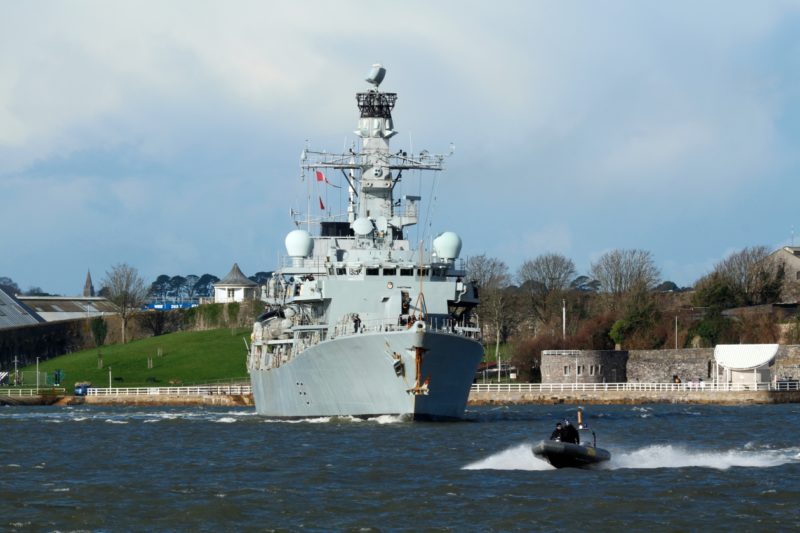
As the ‘Russia Report’ by the Intelligence and Security Committee revealed, a campaign of influence, misinformation and manipulation is simultaneously being pursued by Russia in a multi-faceted fashion within the societies of its enemies in the West. Yet the defence of the UK against the Russian threat has for years been neglected, with a blind eye turned to the unpalatable truth that something must be done urgently across the spectrum.
There is no more sinister indication of Russia’s determination to use naval hard power to frighten potential foes – and demonstrate its superpower status – than the massive new Belgorod submarine (with a displacement of up to 30,000 tons). It is being equipped with the large nuclear-powered (and armed) Poseidon ‘torpedo’ (in reality a 72ft-long drone capable of 100 knots). Launched thousands of miles from a target, it would explode its 100-megaton cobalt warhead in a port. The explosion could cause instant devastation, create an irradiated no-go zone, potentially killing and injuring millions, while fatally disrupting an economy and causing government and society to collapse. Russia is also intent on constructing four Khabarovsk Class submarines that will be armed with the Poseidon. This should all be keeping P.M. Boris Johnson and Dominic Cummings awake at night.
Tackling Russia demands constant vigilance at sea and NATO pushing its own attack submarines, along with air and undersea drones deep into the Bear’s lair in the High North. Countering the Belgorod and Khabarovsk boats will require these submarines and their hunter-killer drones to operate at great distance (and for prolonged periods). Big deck carriers, amphibious ships, along with numerous smaller platforms, such as frigates, are needed to perform as sea bases for the drones and Anti-submarine Warfare (ASW) helicopters. F-35B jets launched from the UK’s new strike carriers will be able to control swarms of aerial drones. Also required as part of layered, barrier defence are ASW frigates, Maritime Patrol Aircraft (MPA) and seabed sensors of great power.

This will all aim to keep the Russians off balance and, if hot war erupts, to eliminate the new submarines the moment they deploy into the Barents Sea – well before they can launch the Poseidon. It will be a monumental task, the kind of continual and gruelling deployment of naval forces we saw in the Cold War.
In Britain, by contrast with the Kremlin’s announcements of major investment in ASW platforms, there is (as yet) no news of submarines numbers being boosted (or the kind of investment that would speed up the Astute SSN programme or see well-known problems with SSBN refits sorted out). However, if the Chancellor has his way, perhaps it will come to pass and rather than seeing the sale of current Type 23 frigates to friendly foreign states – as one leak claimed – the UK will, in fact, raise force levels?
However, another recent leak suggested the Royal Navy’s frigate force could be cut to just eight vessels from the current 13. It was unclear if this meant pegged at the current eight ASW-configured Type 23s – with a further five general-purpose frigates – or an overall future total of eight, with, say just five Type 26s and three Type 31s? Such a miniscule force would probably at any one time deliver only two or three frigates on operations for all the many global policing missions expected of the Royal Navy, plus escorting aircraft carriers and combatting the Russian submarine threat.
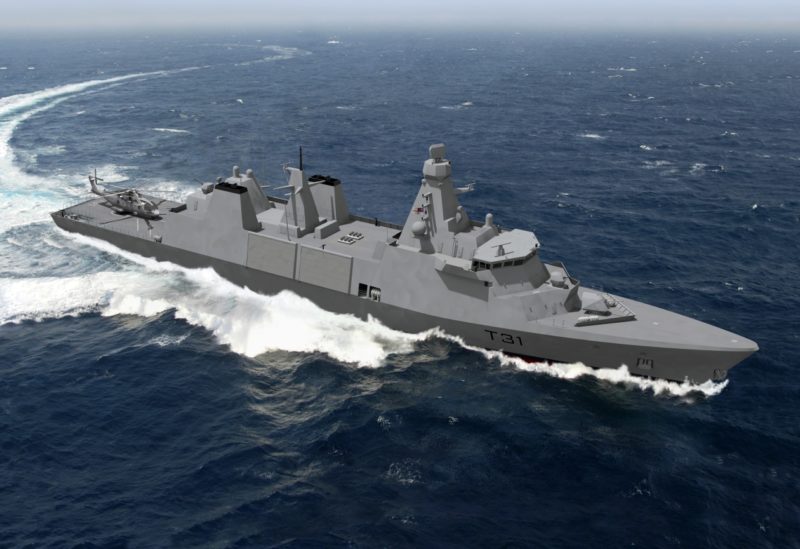
Canada, which has fewer pretensions to global power projection, is building 15 Type 26s while the Australians, who have laid out a plan of major investment in their fleet, are to construct nine. Both of these variants may well also be better armed than the UK’s version of the Type 26.
Would the UK – originator of the T26 programme – really just build just five, rather than the eight currently planned? And with the Type 31 programme ramping up – to build five of those general-purpose frigates on top of the eight Type 26s currently envisaged – is Boris Johnson gearing up for a naval construction U-turn that will further emasculate the UK’s armed forces?
Not only would force levels fall to a historic low at a time when threats at sea and the need for frigates is growing, but a message of weakness would be sent to the UK’s potential foes and its allies. Sending a River Class (Batch 2) Offshore Patrol Vessel (OPV) – no matter how impressive those vessels are becoming in the policing and presence role – to do the job of a frigate in a NATO task group speaks loud and clear of a nation that has lost the will to field a properly balanced surface navy. It is also at odds with naval expansion plans of both friends and potential foes around the world – the former would be perplexed and dismayed, the latter delighted with such a turn of events.
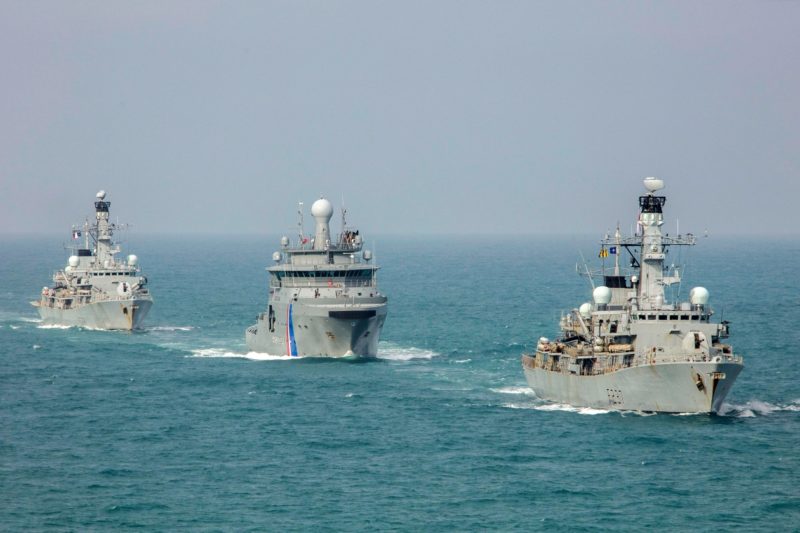
Were the T31 programme to be axed there would also be much fury across the UK due to the sudden loss of a project that seemed destined to support thousands of jobs and ensure vital warship construction skills stay alive. Likewise, the naval dockyard at Plymouth would receive a hammer blow, with a further decline in warships based at Devonport and even less work in the future.
The so-called ‘Tory Blue’ Southwest of England could well turn Labour red as economic pain sweeps across it due to lost naval work after decades that have seen many thousands of jobs already discarded in the region. However, as is observed in a commentary in the next edition of this magazine, maybe the fear of political pain will persuade the indecisive, U-turn prone Johnson government where cold, hard strategic reality cannot? Defence – particularly of the naval variety – is in urgent need of investment even in a time of pandemic.
In 1798, after inflicting a crushing blow on the French at the Battle of the Nile, and yet unable to pursue the enemy due to a lack of suitable ships, Admiral Nelson famously observed: ‘Were I to die at this moment, want of frigates would be found stamped on my heart.’

One day soon a terrible defeat due to ‘want of frigates’ may well be stamped on the heart and soul of the UK. Discarding such hard power naval capabilities in these dangerous times would be an act of sheer reckless folly, defying all strategic logic.
-
In addition to being Editor of WARSHIPS IFR, Iain Ballantyne has written about submarine warfare across the ages, including the Cold War and developments today, in the books ‘Hunter Killers’ and ‘The Deadly Trade’

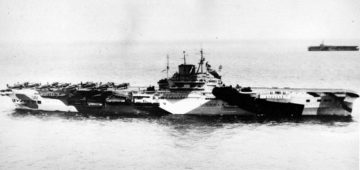




Comments
Sorry, comments are closed for this item